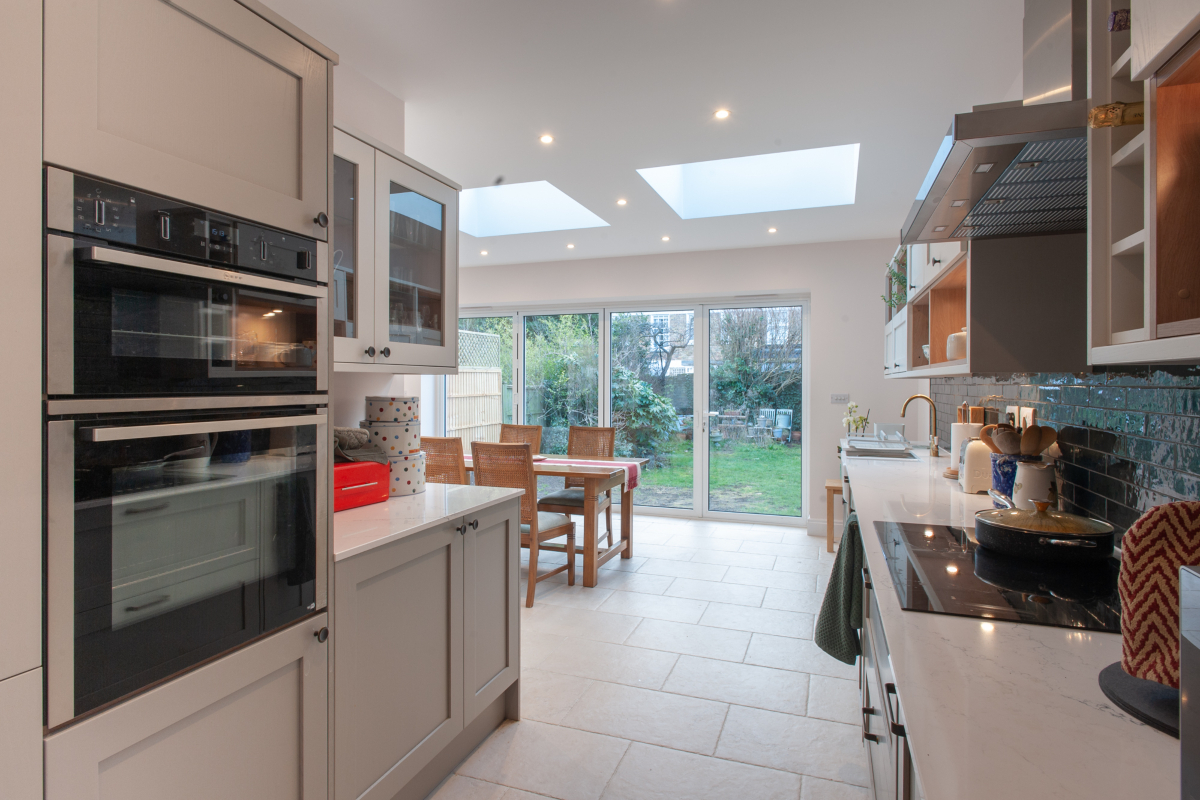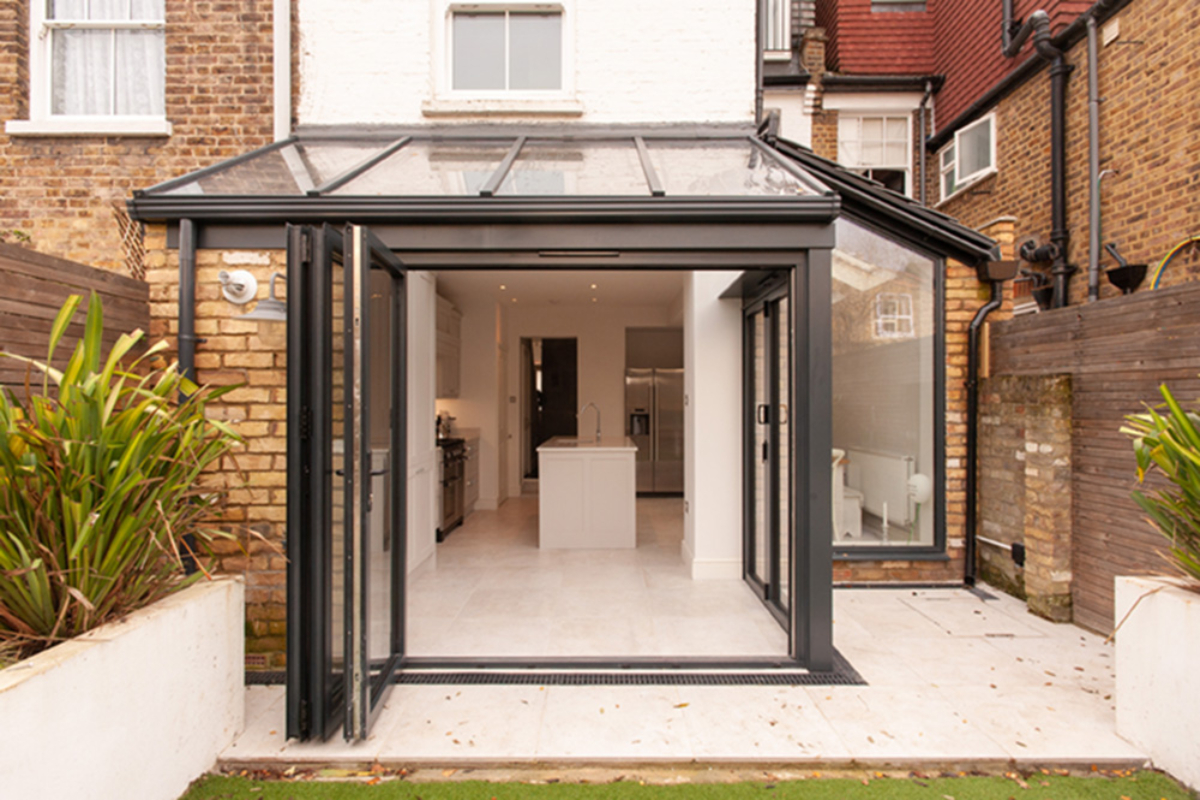Loft conversions are undisputedly one of the best ways to upsize and upgrade your home. They offer tremendous potential in adding space, style, and comfort to your home; without requiring an expensive or inconvenient move, all while retaining the valuable garden space.
With so much to look forward to, it is easy to understand the eagerness with which homeowners await the completion of their loft conversions. But like all things in construction, this too takes time.
How much time? Well, that varies based on a number of factors and considerations. To better understand this, and set a more realistic timeline for your loft conversion (and determine how long it will be before you enjoy your newly-created space), read on below!
What are the factors that affect the timeline of a loft conversion?
There are several factors that influence the time frame of a loft conversion and its projected date of completion. Some of these include:
Loft size
As with all construction projects, the size of the space plays an important role in determining its build schedule.
This is because a larger space invariably requires more work. This translates to either more materials, a larger workforce, or a longer time frame for completion.

Type of loft conversion
Loft conversions are of various types. From the relatively simple Velux loft conversions to the considerably more complex mansard and hip-to-gable loft conversions.
This range of complexity is as a result of the varying degrees of structural modifications required to the roof in order to create the space you have envisioned. Therefore, the type of loft conversion constructed has a significant influence on the duration of the project.
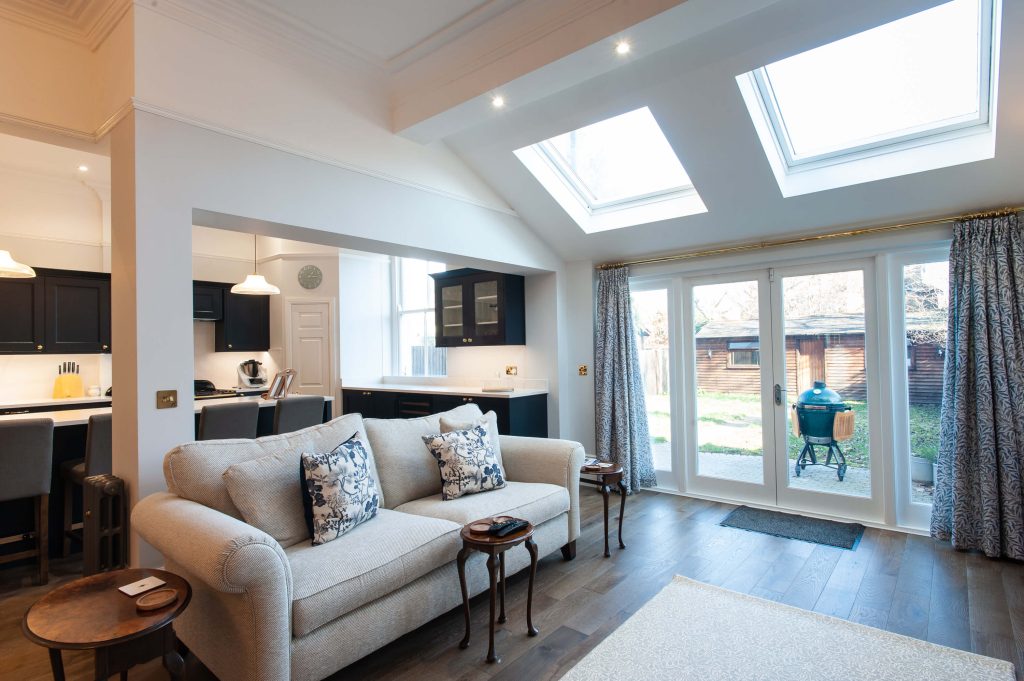
Renovations required
Another important factor that can affect the timeline of a loft conversion is the structural integrity of the existing building, and what renovations, if any, are required.
Assessing the strength and condition of the original roof, and determining the need for adding floor or roof reinforcements, are therefore crucial elements that may also increase the duration of the construction due to the additional work required.

Design complexity
Even with the bulk of structural work completed, interior and exterior design features that have to be integrated will certainly affect the timeline of the project.
This largely depends on the function or utility of the new loft space. For instance, creating a bathroom or en-suite with all its plumbing requirements and fittings would take considerably more time than designing a modest home office or reading nook. Similarly, intricate designs, unique features, or custom requests, may take longer to plan and execute.

Legal requirements
In order to move forward with the loft conversion plans, there are specific approvals and permissions that must be secured. These include:
- Building regulations approval
- Party wall agreements
- Planning permission
Loft conversions that fall under permitted developments will not require planning permission. However, those conversions that do not meet the specific criteria of permitted developments will require planning permission. This can extend the duration considerably due to the application and approval process.
Along with these key factors, other aspects such as site constraints, availability of materials, availability of contractors, seasonal factors, and other unpredictable issues can result in unforeseen delays that can change the timeline of the loft conversion.

What are the stages involved in a loft conversion?
A tentative breakdown of the different stages involved in a loft conversion may look like:
- Planning and Design
This stage involves working with an architect or designer to create plans and obtain any requisite permits. The length of this stage can vary depending on the complexity of the build, but it may take, on average, anywhere between 2-6 months.

- Structural work
Once the plans are finalised, and approvals obtained, the structural work can begin. This involves reinforcing the original structure, installing new floor joists, constructing any new walls or partitions, etc. This stage typically takes 4-8 weeks.

- Roofing and Windows
The installation of new roof or dormer windows can take 1-2 weeks.

- Installation of Utilities
Installing the electrical and plumbing systems, along with the insulation, can take 2-4 weeks.
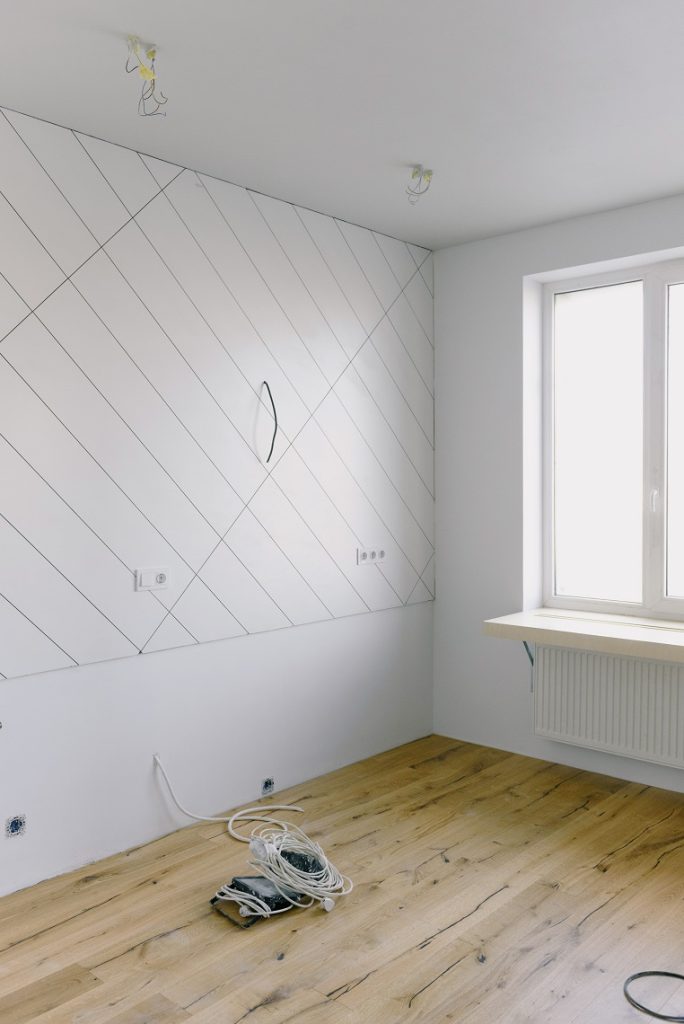
- Plastering, Joinery, and Finishing
Plastering the ceiling and walls, installing the new staircase, fittings any new doors, and completing the finishing work such as painting and carpeting may take 3-4 weeks.
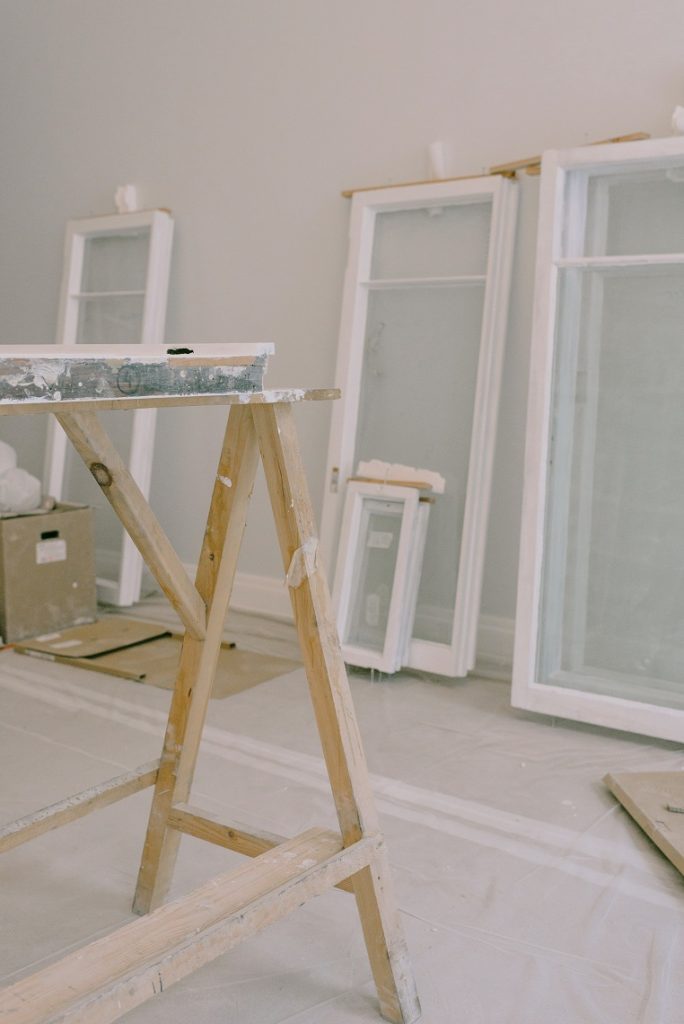
Should you hire a professional team for the loft conversion?
Unequivocally yes.
As with any project, the right advice and expertise can go a long way in easing issues and concerns; and for keeping to a strict budget and timeline.
And to get the maximum value from your investment, it is crucial to get the best extension builders who specialise in loft conversions. Loft extension specialists will have the necessary skill and expertise to design and build the ideal loft conversion for your property. They can not only optimise the space, oversee the process, and give the best advice, but can also help you to avoid the many common mistakes and blunders during the design and build process that could prove to be costly in the long run.
It is important to remember that the most expensive does not always equate to the best. So, look around. Get quotations and recommendations. And choose the right fit for you.
When hiring a loft conversion team consider their:
- Experience
- Reputation
- Client reviews
- Completed projects
These should give you an idea of their expertise and professionalism when handling projects.
Chances are you will be spending a lot of time with your contractor. Therefore, finding someone you can easily communicate with, and who is open and flexible to your ideas and opinions, can help make the process more comfortable, smoother and easier.
Conclusion
The average duration of a loft conversion build can range from 4-6 months for a simple project, to 6-12 months for a more complex build. This is because the timeline for a typical loft conversion is dependent upon a variety of factors such as the size and complexity of the project, required permits, availability of contractors, etc.
It is also important to have some leeway in your expected time frame for potential delays and unforeseen circumstances that may arise during the construction process.
However, having an experienced team of loft conversion specialists by your side can go a long way in ensuring that the schedule of your loft conversion is adhered to; and that the loft conversion build is smooth, hassle-free, and ultimately, worth it.
At Good Design and Build we have the pleasure of helping our clients from planning and designing to construction and final touches to achieve the loft conversion that exceeded their expectations. See our recently completed projects, get inspired, and start your dream home journey with us today!



